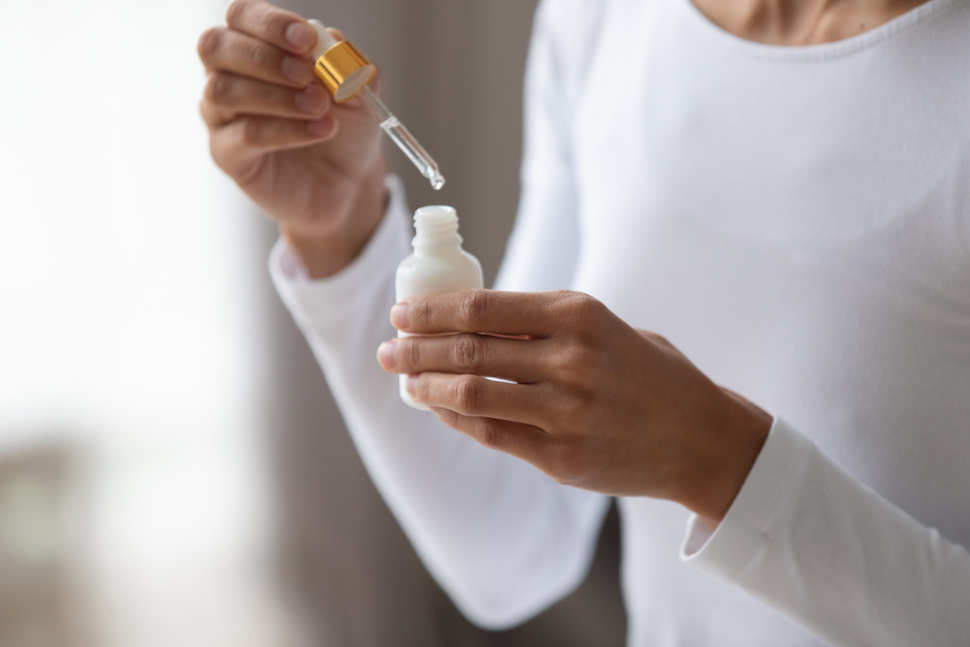
In the mid-14th century, the Bubonic plague, which had originated in Asia, traveled along the Silk Road to Crimea, eventually sweeping through Europe and wiping out an estimated one-third of the European population—approximately 80 million people.
Seemingly immune from this horrendous epidemic were those who worked within the perfume factories in Grasse, France, and the same was noted with tanners working in the European leather trade.
Both, apparently, were immune. The common denominator was essential oils.
Reaching even farther back to 430 BC—the plague of Athens (which, at the time, was under siege from the Spartans) devastated that civilization with an estimated 75,000 to 100,000 deaths.
Hippocrates, the father of medicine, advocated the burning of lemons for the purpose of fumigation . . .
Reportedly, during this period, Hippocrates, the father of medicine, advocated the burning of lemons for the purpose of fumigation and the release of the fruit’s molecular structures of limonene proved effective in containing and eventually overriding the disease.
A more recent antidote—during the First World War, French physicians utilized essential oils to dress wounds and recorded effective and rapid healing.
Essential Oils & Inhalation Therapy
Many essential oils share the commonalities of being antiseptic, anti-viral, anti-bacterial and anti-fungal. In fact, the greatest user of essential oils is the medical field which utilizes specific extracts—an example being Eucalyptol, derived from eucalyptus.
We are all familiar with eucalyptus when it comes to common coughs and colds. It is a readily available essential oil and not terribly expensive, as it is easily distilled from the leaves of the eucalyptus tree. Although it is widely recognized as an antidote for respiratory tract issues, eucalyptus does not necessarily have the same anti-viral effects that we find in thyme essential oil.
My personal medicine bag always contains organic thyme.
Organic thyme’s volatile essence is released by heat, and in an inhalation therapy, joins with the steam to moisten and open the passages of the airways. The anti-microbial effects of these substances are a gaseous substance and attach to specific receptors in the nasal cilli and in the mucosa which, as your second line of defense, will begin their work of destroying aggravating pathogens.
Inhalation Therapy is a traditional home treatment. Our grandmothers utilized it, and I remember when my daughter had croup as a baby, my physician recommended a moist steam directed towards her. It did the job.
Inhalation therapy is simple and easy.
Materials Needed
Bowl, water, towel, essential oils. (My Ecto Blend, containing lemon, rosemary, sage, marjoram, juniper, and lavender, is highly recommended.)
Instructions
• Water is brought to boiling point, producing steam.
• Add 5 drops of essential oils.
• Place the bowl securely on a table where you may sit comfortably and lean over the bowl.
• Cover your head and bowl with the towel to prevent steam and oils from escaping.
• Use alternate breathing techniques to ensure both nostrils are cleansed. Finish by breathing through both nostrils.
Time: 5 minutes.
Important Watch Points
• The steam will burn if you get too close. Make sure the treatment is comfortable.
• As the water cools, the treatment will become less intense.
• Close your eyes, as the oils may cause some sensitivity.
Who Should Not do this Treatment
This treatment is not recommended for those who have difficulty breathing or suffer from cardiac insufficiency.
Anne Bramham
A respected spa industry mentor, Anne Bramham is the founder of ASTECC (Advanced Spa Therapy Education Certification Council) and an instructor for the Dr. Vodder School of North America. She has introduced ASTECC training to top spa and wellness destinations throughout the U.S., including Montage Resort & Spa, Grand Del Mar, Spa Shiki Four Seasons, and Ritz-Carlton. She resides with her family in South Florida.